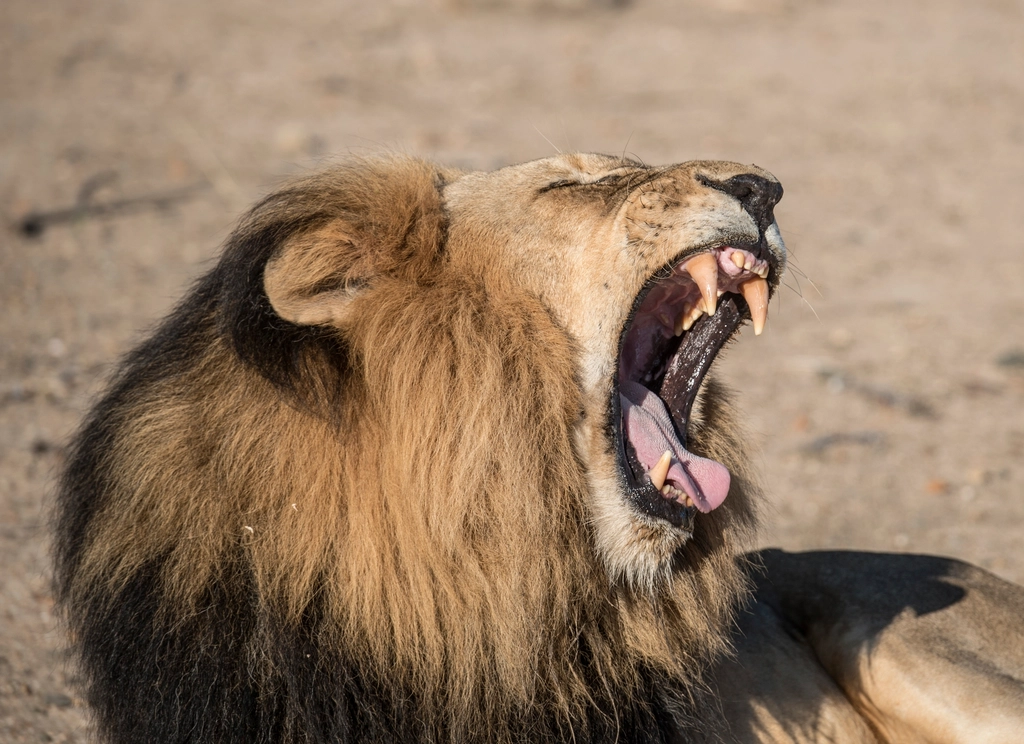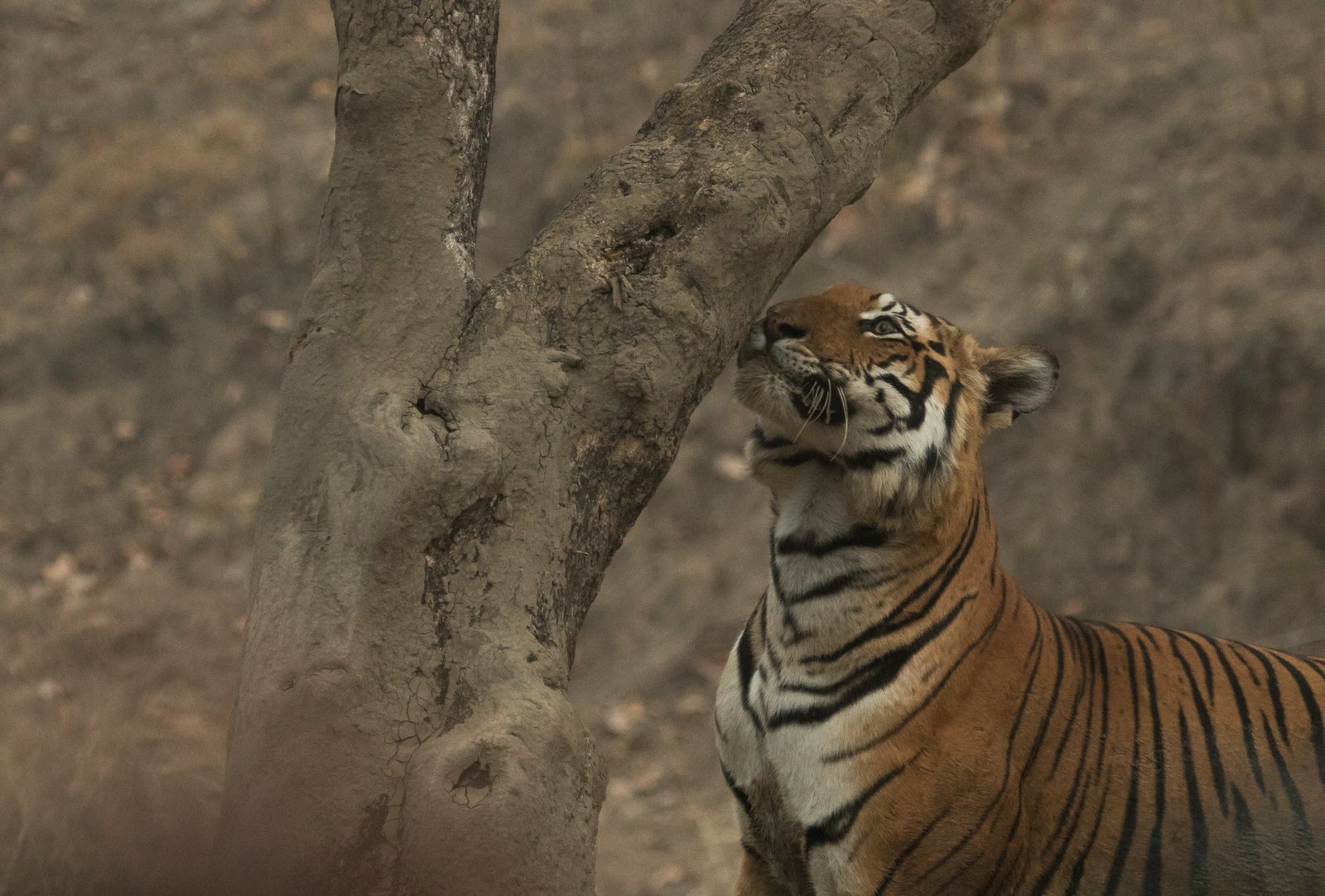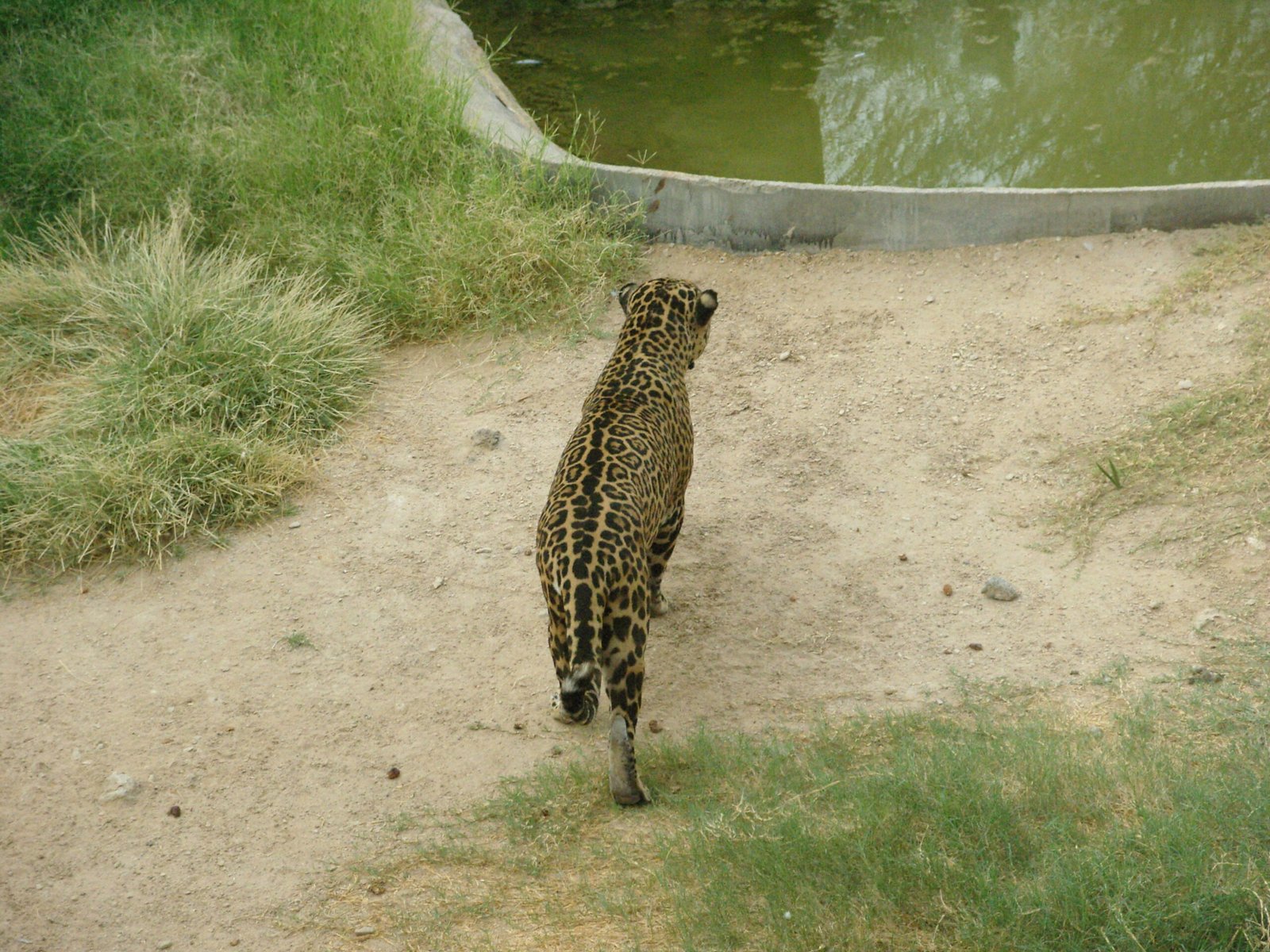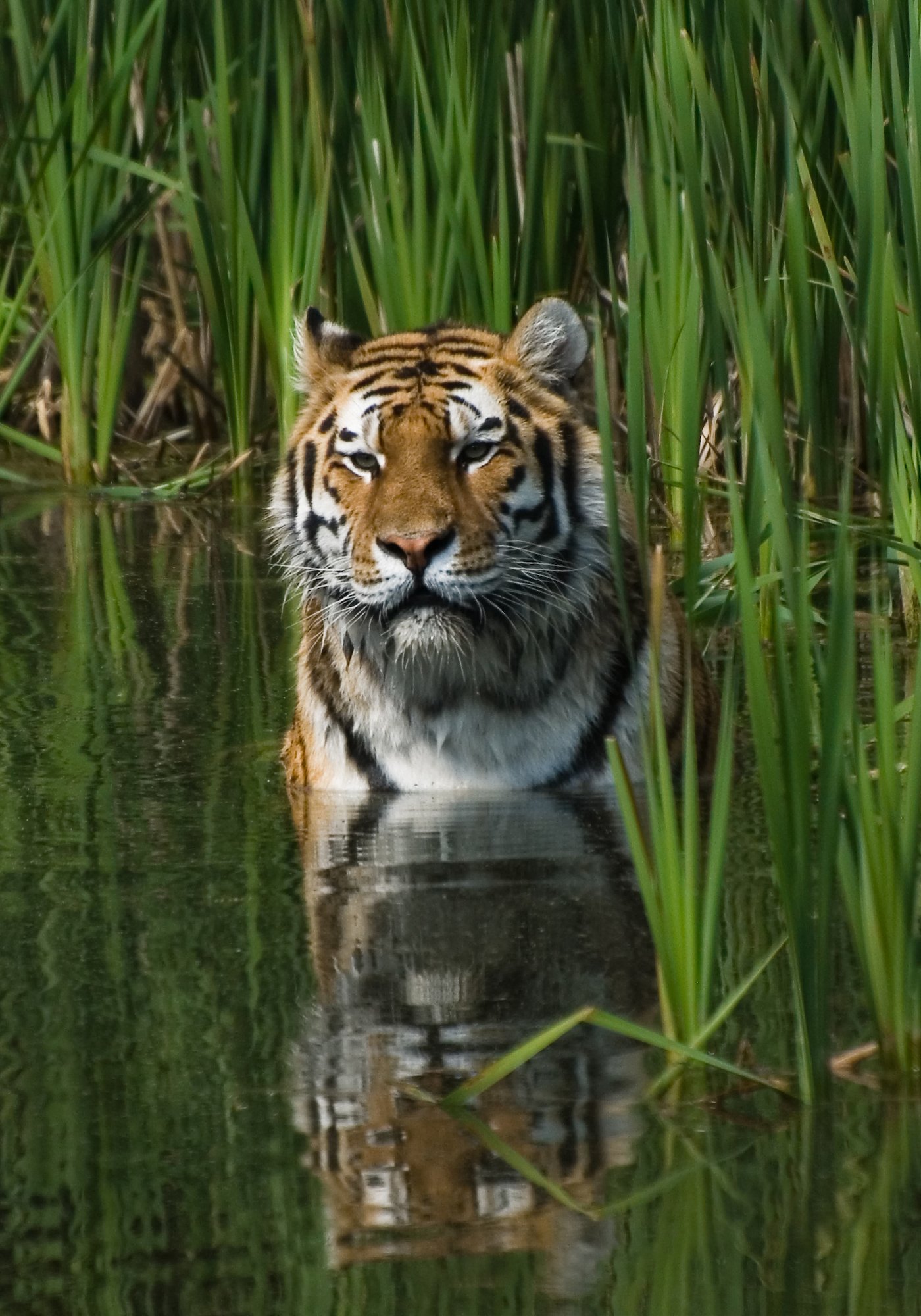Did you know that what a lion or tiger eats can ripple through an entire landscape, shaping forests, rivers, and even the lives of people nearby? Big cats aren’t just majestic hunters—they’re quiet architects of their wild homes. Their dinner choices, hunting habits, and even leftovers spark a chain reaction that affects everything from the tiniest insects to towering trees. It’s a jaw-dropping reality that reminds us: every meal in the wild is more than just survival—it’s an invisible thread in the fabric of nature.
Predators as Ecosystem Engineers

Big cats, like leopards and jaguars, do more than just chase prey—they actually shape the world around them. When they hunt, they control populations of herbivores, keeping hungry grazers from gobbling up every leaf and shoot. If too many antelope or deer roam free without predators, they can strip a forest bare, leaving little for other creatures. But with big cats on patrol, a balance returns. Plants flourish, smaller animals find shelter, and rivers stay healthy because root systems remain strong. It’s a humbling reminder that every pounce and prowl is a quiet act of stewardship, keeping the wild in harmony.
The Circle of Leftovers

It might sound unglamorous, but the scraps left behind by big cats are lifelines for dozens of other animals. When a cheetah or cougar finishes its meal, scavengers like hyenas, vultures, and even beetles swoop in for a feast. These leftovers help keep the ecosystem tidy, recycling nutrients back into the soil and feeding creatures who might otherwise go hungry. It’s a web of sharing, where nothing is wasted and everyone gets their turn at the table. Watching this circle in action, you realize just how connected—and generous—the wild can be.
Big Cats and Vegetation Growth

When lions or tigers keep herbivore numbers in check, plants and trees get a fighting chance. Without constant nibbling from deer, antelope, or wild pigs, seedlings can grow into saplings and eventually mature giants. Healthy vegetation offers shade, stabilizes the soil, and creates new homes for birds and insects. It’s a story that unfolds slowly, but you can see the difference in places where big cats roam free—lush, green, and full of life. The presence of a single predator can mean the difference between a thriving jungle and a bare, eroding landscape.
The Ripple Effect on Waterways

Few people realize how much big cats influence rivers and lakes. By controlling grazing animals, they protect the banks of streams and ponds from being trampled and stripped bare. Strong, healthy riverbanks keep water clean, prevent harmful runoff, and provide homes for frogs, fish, and birds. In places where tigers have disappeared, muddy water and collapsing banks often follow. When big cats come back, the waterways heal—clear, cool, and teeming with life. It’s a gentle, surprising reminder that the reach of a predator stretches far beyond the hunt.
Prey Choices: More Than a Meal

Every big cat has favorites—some prefer wild pigs, others go after gazelles or monkeys. These preferences shape the entire community of animals. When leopards focus on monkeys, for example, bird populations might thrive because fewer monkeys raid their nests. When tigers hunt wild boar, small plants and soft ground may flourish, since boar are notorious diggers. It’s a silent game of dominoes, where each dinner decision nudges the ecosystem in a new direction. The way big cats “shop” in the wild grocery store matters more than we ever imagined.
Helping to Control Disease

Big cats sometimes act as nature’s doctors by culling the sick and the weak from herds. When lions catch slower, unhealthy animals, they help stop the spread of diseases that could sweep through a population. This natural selection keeps prey healthier overall and prevents outbreaks that could threaten both wildlife and, sometimes, even humans. It’s a tough world, but by playing their part, predators keep the whole system resilient. In a way, their sharp teeth and quick reflexes are as vital as any medicine out there in the wild.
The Importance of Diversity

Where big cats thrive, so does diversity. Their presence creates space for a variety of plants and animals to flourish. By keeping dominant herbivores in check, they allow shy, less common species to survive and multiply. Forests and grasslands become mosaics of different colors, shapes, and sounds, all thanks to the balancing act at the top of the food chain. Without these charismatic hunters, the wild can become monotonous, with just a handful of species crowding out the rest. Big cats, in their quiet way, are champions of variety.
Home Ranges and Territory Size

Did you know that a single tiger can need hundreds of square miles to call its own? Big cats roam far and wide, claiming vast territories that often overlap with many other animals. These large home ranges mean they influence huge areas, from deep forests to grassy plains. Their movements create corridors for other wildlife, linking isolated patches of habitat and helping plants spread their seeds. When big cats disappear, these natural highways can vanish, leaving smaller creatures stranded. Their wanderings stitch the landscape together, one paw print at a time.
The Power of Fear

It’s not just what big cats eat, but how their mere presence shapes the lives of other animals. Prey species become extra cautious when they sense a leopard nearby, often changing where they graze or rest. This “landscape of fear” prevents overgrazing in any one spot, giving plants and trees a break. Even when you don’t see a predator, the hint of danger is enough to keep things balanced. Fear, in the wild, is a kind of invisible fence—one that protects the land as much as any roaring lion ever could.
Human Communities and Big Cats

People living near big cats often have a complicated relationship with these powerful neighbors. On one hand, predators keep wild herbivores from raiding crops and gardens, acting as an unintentional ally for farmers. On the other, livestock losses can spark conflict and fear. Local communities sometimes find ways to coexist, like building stronger fences or supporting ecotourism that brings in money while protecting habitats. These partnerships show us that humans and big cats share more than a boundary fence—they share a future, full of challenge and possibility.
Big Cats and Climate Resilience

A healthy ecosystem, shaped by big cats, can better withstand droughts, floods, and fires. With strong plant cover and diverse wildlife, the land absorbs shocks and bounces back faster from disasters. In places where predators have vanished, the landscape often becomes brittle—bare soil, few species, and little room for recovery. Big cats don’t just hunt; they help build nature’s resilience in the face of a changing world. Their role is a quiet but powerful shield against the unexpected, making them unlikely guardians of the climate.
Impact on Insect Life

Most of us don’t think of beetles or butterflies when we picture lions, but these little creatures are deeply connected to big cats. When predators control herbivores, deadwood and fallen leaves are left alone, creating a rich haven for insects. Scavengers and decomposers thrive on the leftovers from a big cat’s meal. A forest alive with insects means pollinators for flowers and food for birds, sparking a chain of life that touches every corner. In a way, every roar echoes down to the tiniest wings and legs on the forest floor.
Cultural Significance and Storytelling

Big cats have prowled not just forests and jungles, but also the stories and dreams of people for thousands of years. From ancient cave paintings to modern conservation campaigns, they inspire awe, fear, and hope. These stories often reflect the deep connection between a place and its wild inhabitants. In many cultures, big cats are symbols of strength, wisdom, or mystery. Their presence in local legends reminds us that ecology isn’t just about biology—it’s about the way wildness shapes our hearts and imaginations, too.
Diet Flexibility and Survival

One of the most amazing things about big cats is their ability to adapt. When prey is scarce, they can switch diets, hunting new species or even scavenging. This flexibility helps them survive in changing landscapes, from snowy mountains to tropical forests. It also means they’re constantly adjusting the balance of their ecosystem, nudging it in new directions. Watching a snow leopard hunt mountain goats one day and birds the next is a testament to the resilience built into nature. It’s a dance of survival, full of surprises.
Conservation and Trophic Cascades

Scientists call the chain reaction from predators “trophic cascades.” When big cats disappear, herbivores surge, plants suffer, and the whole ecosystem stumbles. Protecting these top hunters isn’t just about saving a single species—it’s about keeping the entire wild world running smoothly. Efforts to reintroduce big cats, like wolves in Yellowstone or tigers in India, have sparked dramatic recoveries in landscapes. The lesson is clear: when we care for big cats, we care for everything beneath them. It’s a hopeful reminder that small actions can spark huge changes.
Urbanization and Habitat Fragmentation

As cities and roads carve up the wild, big cats face shrinking habitats and fewer hunting grounds. Their need for space puts them at risk of crossing highways or wandering into towns. This isn’t just a problem for the cats—it disrupts the balance of entire ecosystems. Conservationists work to create wildlife corridors, bridges, and protected areas to help big cats move safely. Every stretch of green space is a lifeline, not only for predators but for all the creatures connected to them. The future of wild places depends on our willingness to share space.
Interplay with Smaller Carnivores

Big cats don’t just affect herbivores—they also compete with and shape the lives of smaller predators like jackals, foxes, and wild dogs. In some areas, the absence of big cats leads to a boom in these mid-sized hunters, which can put pressure on smaller prey species. When leopards or tigers return, they restore order, keeping the food web balanced. It’s a delicate dance, where every player has a role to play. The presence or absence of a single big cat can ripple all the way down to the smallest mouse or bird.
The Role of Cubs and Family Structure

Watching a lioness teach her cubs to hunt or a jaguar mother sheltering her young is both heartwarming and vital to the ecosystem. Cubs learn which prey to target and how to avoid danger, skills they’ll use to maintain balance when they’re grown. Healthy family groups ensure the next generation of predators is ready to take its place. If cubs struggle or disappear, the effects can echo through the food chain for years. The bond between mother and cub is more than touching—it’s the future of the wild itself.
Seasonal Diet Shifts

As the seasons change, so do the diets of big cats. In the dry season, they might rely more on certain prey, while in the wet season, new opportunities appear. These shifts keep prey populations from being wiped out and allow plants time to recover. The rhythm of predator and prey follows the pulse of rain and sun, creating a living calendar written in tracks and shadows. Every season brings a new challenge and a new balance, choreographed by hungry felines and their ever-watchful eyes.
Big Cats and Human Food Security

Surprisingly, big cats can play a role in supporting local food security. By keeping populations of crop-raiding animals in check, they reduce the burden on farmers and help protect harvests. In some regions, the presence of leopards or jaguars means fewer wild pigs or deer damaging fields. Of course, this balance is fragile—conflict can arise if livestock are threatened. But when communities and conservationists work together, big cats become unlikely partners in the quest for food and stability. Their impact stretches far beyond the forest’s edge.
Tourism and Economic Benefits

Wildlife tourism centered on big cats brings vital income to local communities. People travel the world for a glimpse of a tiger in India or a pride of lions in Africa, filling lodges and supporting jobs. This money often funds conservation efforts, pays rangers, and creates incentives to protect habitats. When local people see value in keeping big cats alive, everyone wins—nature, wildlife, and families. It’s a powerful example of how awe, curiosity, and a camera can help keep ancient traditions and wild spaces alive for the next generation.
Genetics and Prey Specialization

Some big cats have evolved unique genetic quirks that let them target specific prey. Snow leopards, for instance, have powerful chest muscles for high-altitude hunting, while cheetahs are built for blistering speed on the savanna. These specializations mean that each cat shapes its ecosystem in a slightly different way, creating a patchwork of influence across the landscape. The genetics of a predator echo through its territory, from the plants that survive to the animals that thrive. Every whisker and muscle tells a story of adaptation and impact.
The Value of Scarcity

Oddly enough, scarcity can sometimes be a gift in the wild. When prey is hard to find, big cats move more, covering greater distances and spreading nutrients through their droppings and kills. This wandering helps fertilize the soil and spread seeds, giving plants a boost. Scarcity also keeps populations in check, preventing one species from overrunning the rest. It’s a tough balance, full of risk and uncertainty, but it keeps the wild resilient. In the dance of predator and prey, even hunger has a purpose.
Conclusion

Felines are more than beauty and muscle—they’re the heartbeat of the wild. Their choices, struggles, and triumphs ripple through forests, rivers, and even our own lives, shaping worlds we can barely see. Each big cat, with its fierce hunger and soft purrs, is a link in a chain that binds us all to the earth. As we marvel at their power, we glimpse the delicate threads of connection that hold everything together. Isn’t it amazing how a single whiskered hunter can change the course of a river or the fate of a forest? What else might we discover if we follow their silent trails?

Linnea is a born and bred Swede but spends as much time as possible in Cape Town, South Africa. This is mainly due to Cape Town’s extraordinary scenery, wildlife, and atmosphere (in other words, because Cape Town is heaven on earth.) That being said, Sweden’s majestic forests forever hold a special place in her heart. Linnea spends as much time as she can close to the ocean collecting sea shells or in the park admiring puppies.






